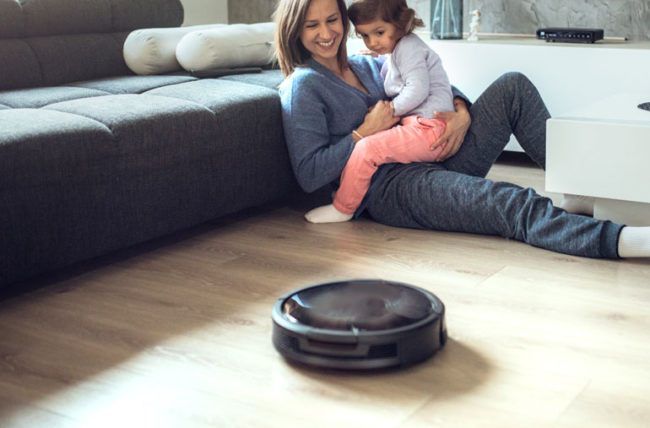When you think about environmental hazards, you might picture something like a chemical spill or an oil rig disaster. But the truth is, there are many potential dangers lurking in our homes that we may not even be aware of. The good news is that by testing for these hazards, we can take steps to mitigate them and protect our loved ones from harm.
In this article, we’ll take a look at some of the most common environmental hazards that can exist in our homes. We’ll also provide tips on how you can test for these dangers and what you can do to mitigate them.
What are environmental hazards and why should you test for them in your home?
Environmental hazards are potential dangers that can exist in our homes without us even realizing it. These hazards can come from a variety of sources, including lead paint, radon gas, asbestos, and more. While we may not be able to see or smell these dangers, they can pose a serious threat to our health. That’s why it’s so important to test for environmental hazards in your home.
By testing for these dangers, you can take steps to mitigate them and protect your loved ones from the harmful effects. For example, if you have lead paint in your home, you can take steps to seal off the affected areas and remove the paint safely. Or, if you have radon gas present, you can install a ventilation system to help reduce the level of exposure.
What are some of the most common environmental hazards?
There are a number of potential environmental hazards that can exist in our homes. Some of the most common include:
- Lead paint– Lead paint was used in many homes prior to 1978. If your home was built before that time, there’s a chance that it contains lead paint. If the paint is in good condition, it’s not typically a problem. But if it’s starting to chip or flake, it can pose a serious health threat, especially to young children.
- Radon gas– Radon gas is a naturally occurring gas that can seep into homes through cracks in the foundation. It’s odorless and colorless, so you won’t be able to see or smell it. But it can be harmful to your health if you’re exposed to high levels over time.
- Asbestos– Asbestos is a naturally occurring mineral that was once used in a variety of building materials. It’s been linked to a number of health problems, including lung cancer. If your home was built before the 1980s, there’s a chance that it contains asbestos.
- Mold– Mold is a type of fungus that can grow in damp or humid areas. It can cause a variety of health problems, including respiratory problems and allergic reactions.
How can you test for environmental hazards in your home?
There are a few different ways you can test for environmental hazards in your home. You can hire a professional to do an inspection, or you can purchase a do-it-yourself testing kit.
If you’re hiring a professional, make sure to ask about their qualifications and experience. You should also ask for references and get a few quotes before you make your final decision.
If you’re doing a do-it-yourself inspection, there are a few things you’ll need to keep in mind. First, be sure to follow the instructions carefully. Second, take your time and don’t rush the process. And third, if you have any questions, be sure to ask a professional before you proceed.
How can you mitigate environmental hazards in your home?
Once you’ve identified the presence of an environmental hazard in your home, there are a few things you can do to mitigate it. Here are a few tips:
- Lead paint– If you have lead paint in your home, you’ll need to take steps to seal off the affected areas and remove the paint safely. You can hire a professional to do this, or you can do it yourself if you’re comfortable with the process.
- Radon gas– If you have radon gas present in your home, you can install a ventilation system to help reduce the level of exposure. You can hire a professional to do this, or you can do it yourself if you’re comfortable with the process.
- Asbestos– If you have asbestos in your home, you’ll need to have it removed by a professional. This is not a do-it-yourself job, so be sure to hire a reputable company that has experience with asbestos removal.
- Mold– If you have mold in your home, you’ll need to take steps to clean it up and reduce the level of moisture in the area. You can hire a professional to do this, or you can do it yourself if you’re comfortable with the process.
Environmental hazards can pose a serious threat to your health and the health of your loved ones. But by being aware of the dangers and taking steps to mitigate them, you can help keep your home safe and healthy.

